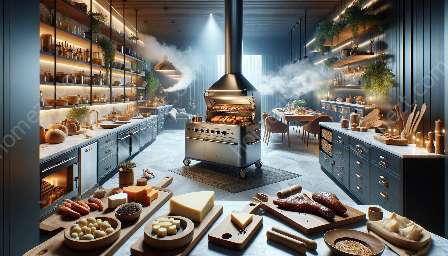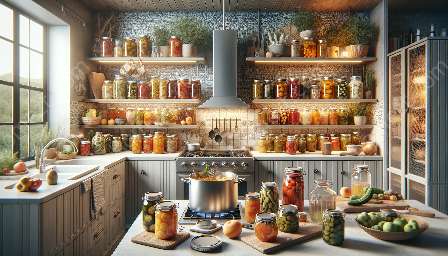Whipping is an essential cooking technique that adds air to ingredients, creating light and airy textures in a variety of dishes. Whether you’re making whipped cream, meringues, or airy cake batters, mastering the art of whipping is a fundamental skill for any home cook or professional chef.
The Science of Whipping
Whipping is a process that incorporates air into a mixture, resulting in a light and fluffy texture. The primary goal of whipping is to create stable air bubbles, which contribute to the overall volume and texture of the end product. This is achieved by agitating the ingredients to trap air and create a foam-like structure. Understanding the science behind whipping is crucial for achieving the desired results in various recipes.
Types of Whipping Techniques
There are several techniques for whipping, each suited to different ingredients and desired outcomes. Common whipping methods include:
- Hand Whipping: This traditional method involves using a whisk or fork to manually beat ingredients, such as cream or egg whites, until they reach the desired consistency.
- Stand Mixer Whipping: Utilizing a stand mixer with a whisk attachment allows for efficient and consistent whipping, ideal for large batches or when a high level of control is needed.
- Immersion Blender Whipping: An immersion blender with a whisk attachment can be used for smaller quantities and offers the flexibility of whipping directly in the mixing bowl.
- Food Processor Whipping: Certain recipes, such as mayonnaise or whipped butter, benefit from the power and speed of a food processor to achieve the desired texture.
Essential Tools for Whipping
To achieve the best results when whipping, it's essential to have the right tools at your disposal. Some of the key tools for whipping include:
- Whisk: Available in various sizes and styles, a whisk is a fundamental tool for hand whipping and aerating ingredients.
- Stand Mixer: A stand mixer with a whisk attachment offers convenience and efficiency for larger quantities and prolonged whipping.
- Balloon Whisk: With its rounded shape and numerous wires, a balloon whisk is ideal for creating stable air bubbles during hand whipping.
- Immersion Blender: In addition to blending, an immersion blender with a whisk attachment can be useful for smaller-scale whipping tasks.
- Food Processor: When whipping denser ingredients, such as butter or mayonnaise, a food processor equipped with a whisk attachment can produce the desired consistency.
Application of Whipping in Cooking
Whipping is an incredibly versatile technique that finds application in a wide range of culinary creations. Consider the following uses of whipping in cooking:
- Whipped Cream: A classic application of whipping, creating light and airy whipped cream is essential for topping desserts and adding a touch of indulgence to beverages.
- Meringues: Whipping egg whites to stiff peaks forms the foundation for delicate and ethereal meringue cookies, pies, and pavlovas.
- Cake Batters: Incorporating air into cake batters through whipping results in a tender crumb and a light, fluffy texture in the finished cake.
- Sauces and Dressings: Whipping ingredients, such as eggs and oil, is key to creating emulsified sauces and dressings with a smooth, creamy consistency.
Mastering Whipping Techniques
Mastering the art of whipping requires practice, attention to detail, and an understanding of the ingredients being whipped. By experimenting with different methods and tools, as well as paying close attention to the desired textures and consistencies, you can elevate your whipping skills and enhance your culinary creations.
In conclusion, whipping is a fundamental technique that holds the key to achieving light, airy, and indulgent culinary creations. From whipped cream and meringues to fluffy cakes and emulsified sauces, the art of whipping opens up a world of possibilities in the kitchen, allowing you to transform ordinary ingredients into extraordinary delights.


























